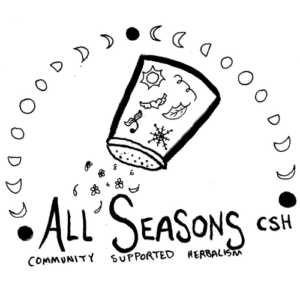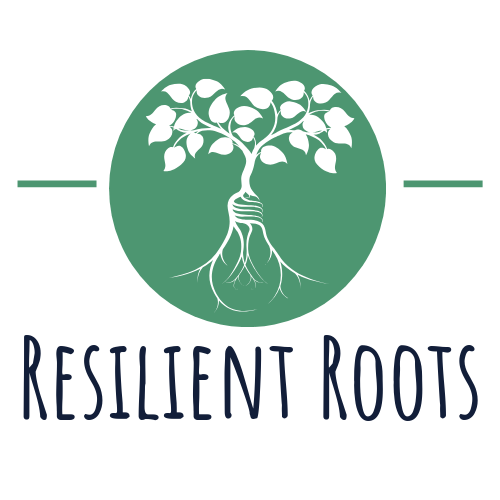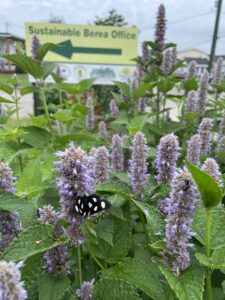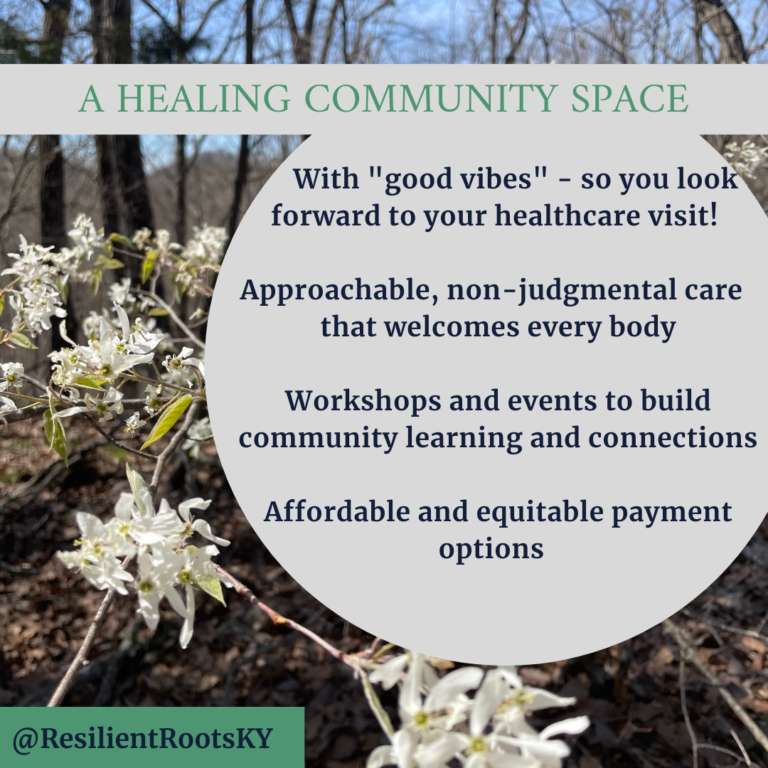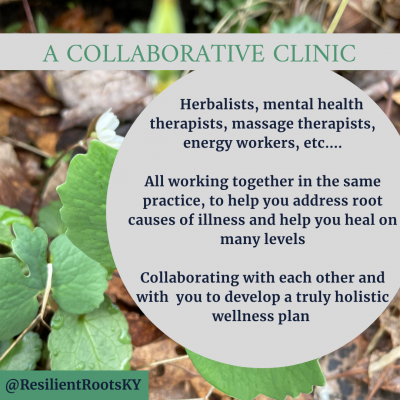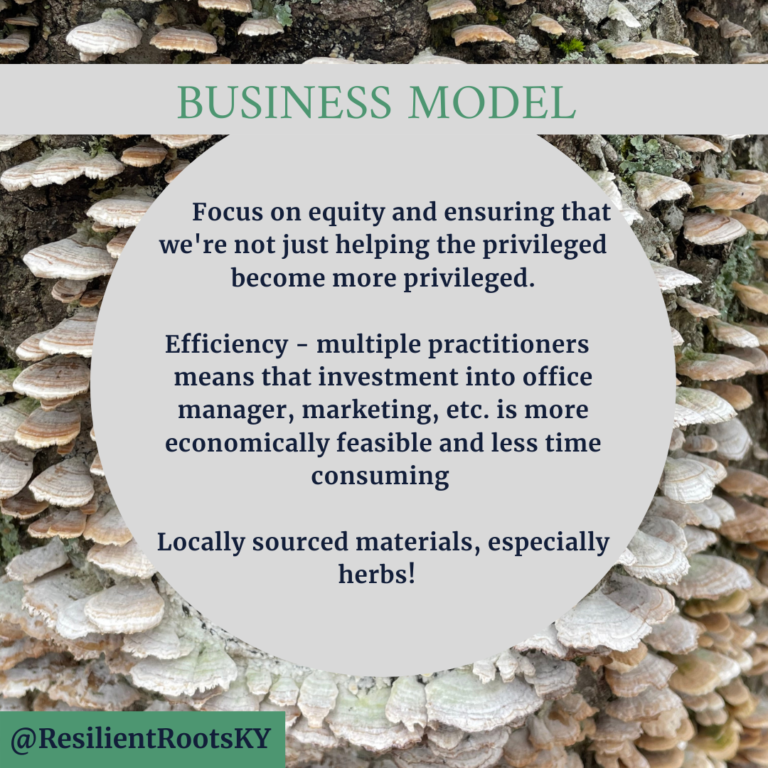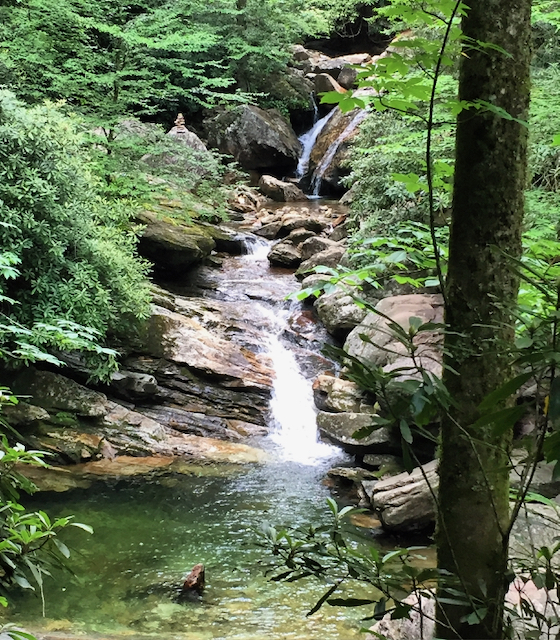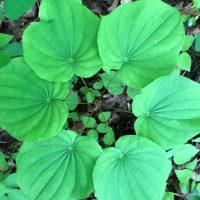Note: I was recently diagnosed with fibroids, which gives me an opportunity to share a specific clinical scenario with you. (Otherwise, I don’t usually share much in the way of clinical protocols in order to respect my clients’ privacy and also because I don’t want to appear as though I’m treating disease, which is the realm of MD’s). However, I can tell you about how I treat myself!
Fibroids, also known as uterine leiomyomas, are non–cancerous growths in the uterus. They affect as many as 80 percent of women, but only 20-50 percent of women experience symptoms, which makes the true incidence rate hard to calculate (1).
They are the leading cause of hysterectomy. Compared to white women, black women are 2-3 times more likely to have fibroids, and when they are treated, they have higher rates of hospitalization and surgical procedures (1, 2). This is a public health issue!
Interestingly, Vitamin D deficiency is associated with fibroids and is more prevalent in black women (and black people in general) (3). A literature review show several studies on the role of vitamin D and fibroid reduction in petri dishes and rats, providing enough evidence to seriously look at randomized controlled trials for Vitamin D supplementation in people with fibroids (4). If only we weren’t so reliant on pharmaceutical companies to fund research! The cost of initial Vit D treatment is $16, with a cost of $32 for maintenance therapy (4), which could potentially be a low cost prevention/treatment option for people who have fibroids and low Vitamin D levels.
Signs and symptoms of fibroids can vary greatly – from none to incredible pain and cramps, hemorrhaging, digestive distress, enlarged abdomen, and more. The symptoms can occur only during menstruation or throughout the month. They can also impact fertility and impact pregnancy (1).
Risk factors include genetics (they tend to run in families), Vitamin D deficiency, being African American (although we don’t know if this is a genetic issue, a health disparity issue, or a link to low Vitamin D, which is also more prevalent in black people), and anything that increases exposure to estrogens, such as oral contraceptive pill use at a young age, obesity, alcohol use, and chemical exposure. We know that fibroids are estrogen dependent, because they usually go away after menopause (when a women’s estrogen levels decline). As with any condition related to hormone imbalance, we need to consider xenoestrogenexposure.
Diagnosis is usually done via ultrasound, with additional details confirmed by a procedure called a hysteroscopy. Its really important to visit a doctor to confirm the growths aren’t cancerous.
Conventional medicine has few options for the management of fibroids. Two of the most common pharmaceutical interventions are birth control pills and ibuprofen (1). Both of these medications have significant health risks, especially ibuprofen, which can wreck your digestive system.
Conventional medicine does, however, offer surgical removal of fibroids. This is an option I am grateful to have, as it is usually the only thing that significantly helps quality of life in women who have large fibroids.
Herbal medicine is helpful for fibroid management. As a reminder, clinical herbalists treat the individual, not the disease. Therefore, depending on the individual specifics, fibroids can be associated with hormone imbalance, inflammation/immune imbalance (this would include Vitamin D deficiency), suboptimal liver detoxification (or liver overburden), and pelvic stagnation.
Herbs can be incredibly useful to help manage symptoms, shrink smaller fibroids, and prevent or lessen their growth. There’s not a good track record for using herbal medicine to shrink large fibroids in a reasonable amount of time when they’re impacting quality of life, BUT herbs can absolutely be used to help reduce overall inflammation, prevent them from growing larger, and manage painful symptoms. In Traditional Chinese Medicine (TCM), there is one formula called Guizhi Fuling, or Cinnamon and Poria pills, that appears have some benefit and is widely used by TCM practitioners (5). (I am not a TCM herbalist, but I will go there if that’s where the research takes me).
In my own case, I discovered my fibroids myself after feeling the large mass protruding out of my abdomen. They were confirmed with ultrasound and hysteroscopy and unfortunately are so large and so many that I have opted for surgery. My symptoms started rapidly and quickly worsened to severe cramping, heavy blood flow, back pain, and fatigue during my period. I’ve also noticed my digestion has been off and I’m having low level back pain throughout the month. My quality of life was significantly hampered with as much as 2 weeks out of each month lost to menstrual-related pain and fatigue. Therefore, I have the following herbal goals for fibroid support:
- prevent them from growing larger and/or try to shrink them to make them easier to remove during surgery
- reduce inflammation
- support my immune system, especially by raising my Vitamin D, which was low
- Support estrogen detoxification (which happens in the liver) in order to stop fueling growth
- Increase circulation to the pelvis (I spent a lot of my day sitting, on computer)
- And acutely: Lessen blood loss and manage cramping during menstruation
Herbs and supplements:
- Tincture combination to support circulation, lymph, and hormone balance: cinnamon (encourage pelvic circulation), red root (pelvic decongestant), Oregon grape root (support liver), and black cohosh (hormone balance)
- Tincture combination to support uterus during menstruation: uterine tonic, blood regulating, and astringent herbs to starting about a week before my period and using during my period – black haw, shepherd’s purse, yarrow, ginger
- With both combinations above, I’m using the warming herbs cinnamon and ginger to support my cold-natured constitution
- GUI Zhi Fu Ling Wan (GyneAssure) TCM formula
- Vitamin D – prescription for 50,000 IU taken once a week
- Zinc – 15 mg 2x/day: supports immune function and its deficiency may also play a role in fibroid growth/immune dysregulation
- Zyflamend anti-inflammatory herbal supplement from New Chapter. I use this like an herbal Ibuprofen. I could probably make my own, but I’ve used it for years and I love it.
- Fish oil
- Probiotics
- Flax seed: into my daily smoothie. Helps balance estrogen.
- Magnesium 350 mg/day
- B complex – supports liver detoxification/hormone processing
- Calcium D-Glucarate – supports estrogen metabolism
- Liver Beef Glandular – I take this during my period to help offset heavy blood loss. A natural source of iron and other vital nutrients.
- E and selenium – important antioxidant functions, they also support my thyroid
- Quercetin and Bromelain – regulates immune system and inflammation
- Castor oil packs with ginger essential oil – especially to help with lymph circulation
- I’m probably forgetting a few things too!
If you’re thinking, wow that’s quite a list! You’re right. I supplement myself more aggressively than I would with a client. And I was also desperate for relief after 2 periods in a row that were completely debilitating. The other critical component of my care is body work appointments with my massage therapist. I think its immensely helpful to use body work and/or energy work in conjunction with all forms of treatment.
After upping my herb and supplement game tremendously and working on my physical body through yoga, exercise, and massage, I have successfully and significantly reduced many of my symptoms, especially severe cramping, fatigue, and blood loss. Herbal medicine really excels in these areas! And the herbs will help me get in tip top shape for surgery and help me heal faster after. I will post an update in March after my surgery.
There is so much more to say on this topic! From the interesting role of Vitamin D and zinc in several women’s reproductive diseases, to the wonders of castor oil packs….but I know you don’t want to read a novel. So, if you or someone you know is dealing with period-related issues and looking for herbal support or conventional medicine alternatives, please send them my way!
Notes:
- Office on Women’s Health https://www.womenshealth.gov/a-z-topics/uterine-fibroids; Baird, et al., 2003.
- Eltoukhi et al., 2014.
- Sabry et al., 2013
- Brakta et al., 2015.
- Chen et al., 2014.
References:
Baird, D. D., Dunson, D. B., Hill, M. C., Cousins, D., & Schectman, J. M. (2003). High cumulative incidence of uterine leiomyoma in black and white women: ultrasound evidence. American journal of obstetrics and gynecology, 188(1), 100–107. https://doi.org/10.1067/mob.2003.99
Brakta, S., Diamond, J. S., Al-Hendy, A., Diamond, M. P., & Halder, S. K. (2015). Role of vitamin D in uterine fibroid biology. Fertility and sterility, 104(3), 698–706. https://doi.org/10.1016/j.fertnstert.2015.05.031
Chen N. N., Han M., Yang H., Yang G. Y., Wang Y. Y., Wu X. K., et al. (2014). Chinese herbal medicine Guizhi Fuling Formula for treatment of uterine fibroids: a systematic review of randomised clinical trials. BMC Complement. Altern. Med. 14, 2. 10.1186/1472-6882-14-2
Eltoukhi, H. M., Modi, M. N., Weston, M., Armstrong, A. Y., & Stewart, E. A. (2014). The health disparities of uterine fibroid tumors for African American women: a public health issue. American journal of obstetrics and gynecology, 210(3), 194–199. https://doi.org/10.1016/j.ajog.2013.08.008
Sabry, M., Halder, S. K., Allah, A. S., Roshdy, E., Rajaratnam, V., & Al-Hendy, A. (2013). Serum vitamin D3 level inversely correlates with uterine fibroid volume in different ethnic groups: a cross-sectional observational study. International journal of women’s health, 5, 93–100. https://doi.org/10.2147/IJWH.S38800
